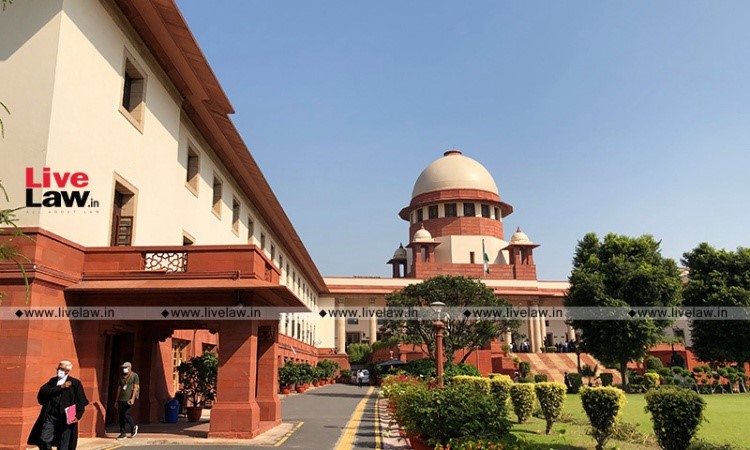Free Courses Sale ends Soon, Get It Now


Free Courses Sale ends Soon, Get It Now



Copyright infringement not intended
Context: The recent judgement by the Supreme Court of India regarding the protection of private property rights and the compulsory acquisition process provides a significant clarification on the legal framework surrounding property rights in the country.
Background and Legal Context
Key Rulings and Observations
Procedural Rights of Private Citizens
The court listed seven fundamental procedural rights that private citizens are entitled to before their property can be compulsorily acquired by the state:
Implications and Conclusion
Evolution of the Right to Property under the Constitution of India
|
Landmark Cases Related to Right to Property ●A K Gopalan v/s State of Madras (1950): Upheld the constitutionality of the Madras Maintenance of Public Order Act, 1949. Addressed the conflict between the right to property and the state's power to regulate it. ●Kesavananda Bharati v/s State of Kerala (1973): Established the "basic structure doctrine," asserting that while Parliament can amend the Constitution, it cannot alter its basic structure. Indirectly influenced the subsequent amendment abolishing the fundamental right to property. ●Minerva Mills Ltd. v/s Union of India (1980): Struck down parts of the 42nd Amendment Act, 1976, which gave Parliament extensive power to amend the Constitution. Upheld the abolition of the fundamental right to property but affirmed its status as a constitutional right. ●Jilubhai Nanbhai Khachar v/s State of Gujarat (1995): Held that the Right to Property is not a part of the Basic Structure Doctrine of the Constitution. Affirmed the legal status of the right to property and its subject to regulation by law. |
Conclusion
Must Read Articles:
Source:
|
PRACTICE QUESTION Q. Consider the following statements: 1. The 44th Constitutional Amendment downgraded the right to property from a fundamental right to a legal right in India. 2. Article 300A of the Indian Constitution states that no person shall be deprived of their property save by authority of law, which implies acquisition for public use. Select the correct answer using the codes given below: A) 1 only B) 2 only C) Both 1 and 2 D) None Answer: C |
© 2024 iasgyan. All right reserved